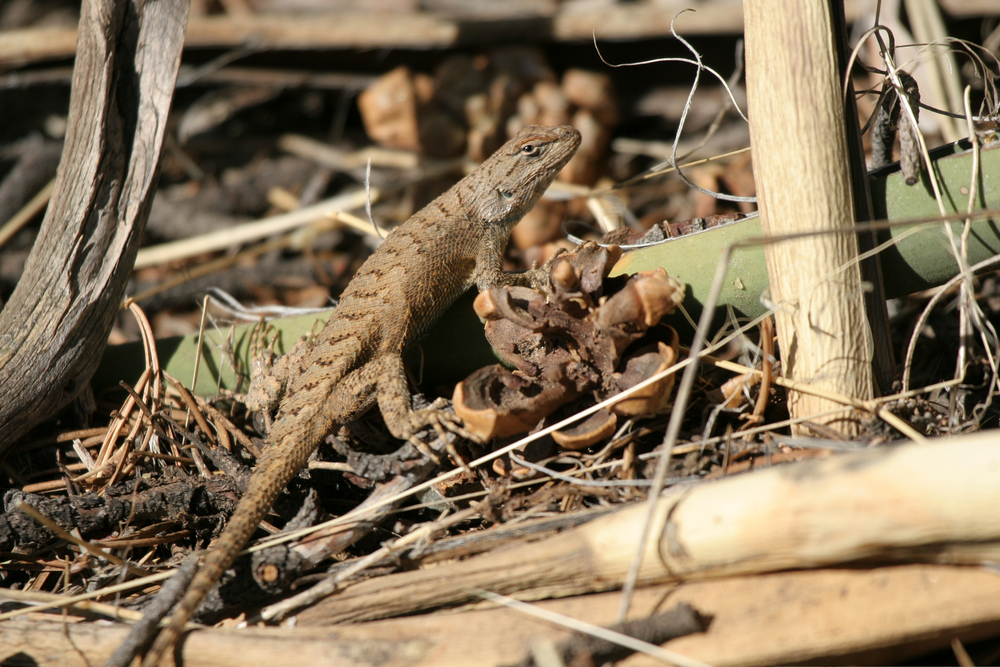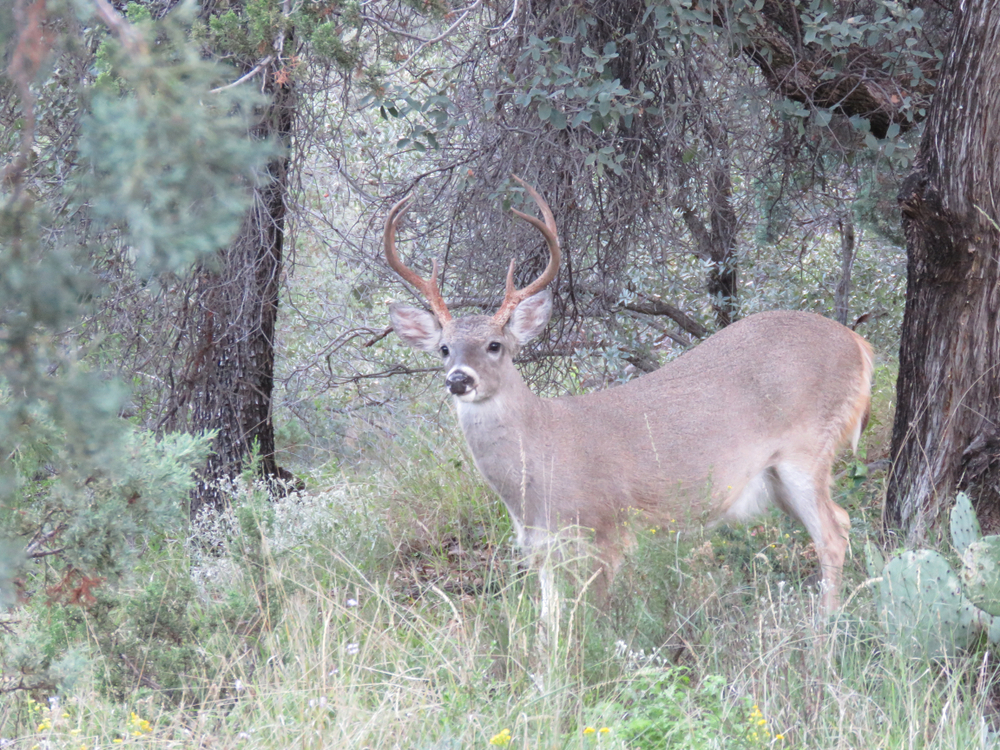Big Bend Overview
Big Bend National Park, located in West Texas, USA, encompasses an expansive and diverse landscape characterized by its rugged beauty, remote wilderness, and significant geological features. Covering an area of over 801,163 acres (about 3,242 square kilometers or 1,252 square miles), Big Bend National Park was established in 1944 and is named after the prominent bend in the Rio Grande River that forms a natural boundary between the United States and Mexico.
The park’s vast territory includes a remarkable variety of ecosystems, from the arid desert of the Chihuahuan Desert to the verdant river valleys along the Rio Grande and the majestic Chisos Mountains that rise from the desert floor. This diverse environment supports a wide range of flora and fauna, some of which are unique to the region. Visitors may encounter over 450 species of birds, 75 species of mammals, and numerous plant species, including the iconic ocotillo and the towering century plant.
Big Bend National Park is renowned for its breathtaking natural wonders, including the Santa Elena Canyon, where sheer limestone cliffs rise dramatically from the river, and the Chisos Basin, offering panoramic views of the surrounding mountains and desert. The park’s isolation and clear skies also make it an exceptional location for stargazing, with minimal light pollution allowing for spectacular views of the night sky.
Outdoor enthusiasts will find a plethora of activities to enjoy in the park, from hiking and backpacking on over 150 miles of trails, to rafting and canoeing on the Rio Grande, and exploring backcountry roads. The park’s rich cultural history, evidenced by ancient pictographs and historic sites, adds another layer of intrigue for visitors.
Big Bend National Park offers a unique and unforgettable experience, inviting adventurers and nature lovers to explore its untamed landscapes and discover the quiet majesty of one of America’s most remote national parks.
Park Map
Big Bend National Park Highlights
Engaging Big Bend
Big Bend National Park Trails
Sources
- Britannica, Big Bend National Park, https://www.britannica.com/place/Big-Bend-National-Park, retrieved April 2024.
- National Park Conservation Association, https://www.npca.org/parks/big-bend-national-park, retrieved April 2024.
- National Park Foundation, Perfect Solitude Big Bend National Park, https://www.nationalparks.org/explore-parks/big-bend-national-park, retrieved April 2024.
- National Park Service, Big Bend, https://www.nps.gov/bibe/index.htm, retrieved April 2024.
- Texas Monthly, Big Bend National Park, https://www.texasmonthly.com/travel/big-bend-made-easy/, retrieved April 2024.

































































































